Non-fungible tokens (NFTs) are digital assets that are publicly verifiable intellectual property authenticated on a blockchain. Similar to Bitcoin and other cryptocurrencies, non-fungible tokens rely on the decentralized power of blockchain technology to verify their authenticity. But unlike cryptocurrencies, they’re not interchangeable. You can’t swap an NFT for a car or buy a pizza, because each NFT is attached to a specific digital asset such as a ticket coupon, digital art, or a collection of trading cards. Every bitcoin has the same value at the same time. Not so with NFTs. In short, think of an NFT as a unique, digital version of a certificate of authenticity, publicly rubber-stamped by the blockchain. Think of Pokémon cards, rare coins or a limited-edition pair of Jordan’s. No two NFTs are the same. NFTs create scarcity among otherwise infinitely available digital assets.
This unique technology makes it particularly easy for creators to give their supporters something rare and unique. Some NFTs are digital artworks, and the supporters of the artists are now collecting these digital artworks, similar to the conventional collectors who have collected physical paintings for years.
Here are some top NFT platforms for creators to sell digital art:
www.superrare.co
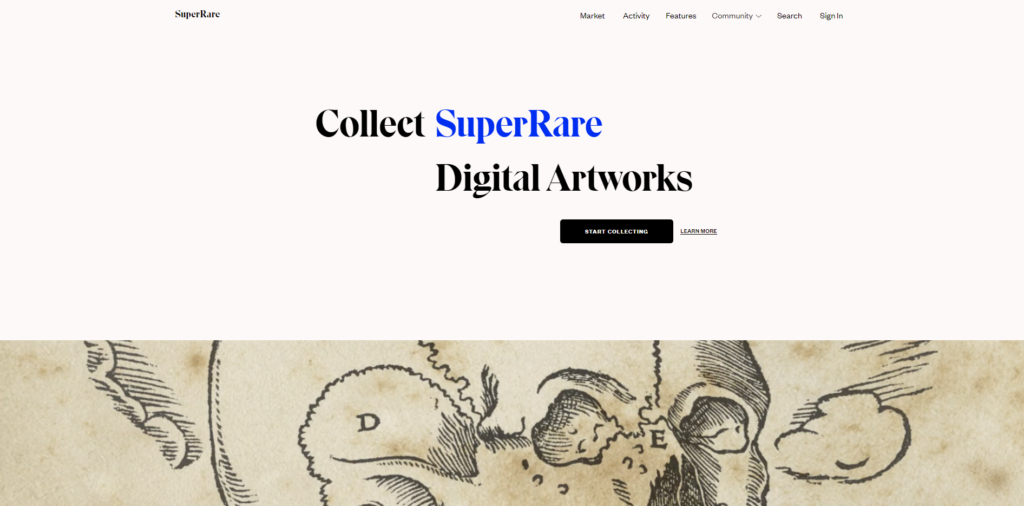
www.makersplace.com
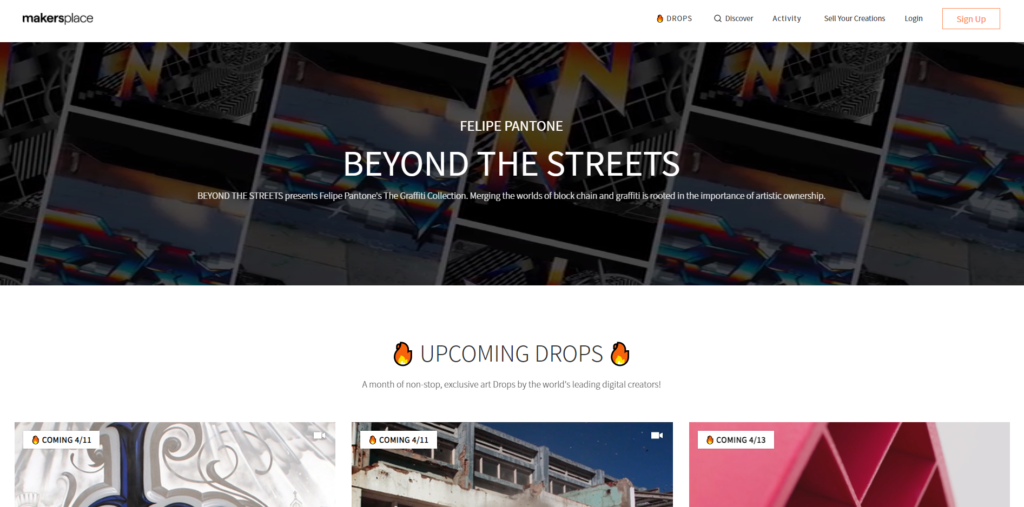
www.rarible.com
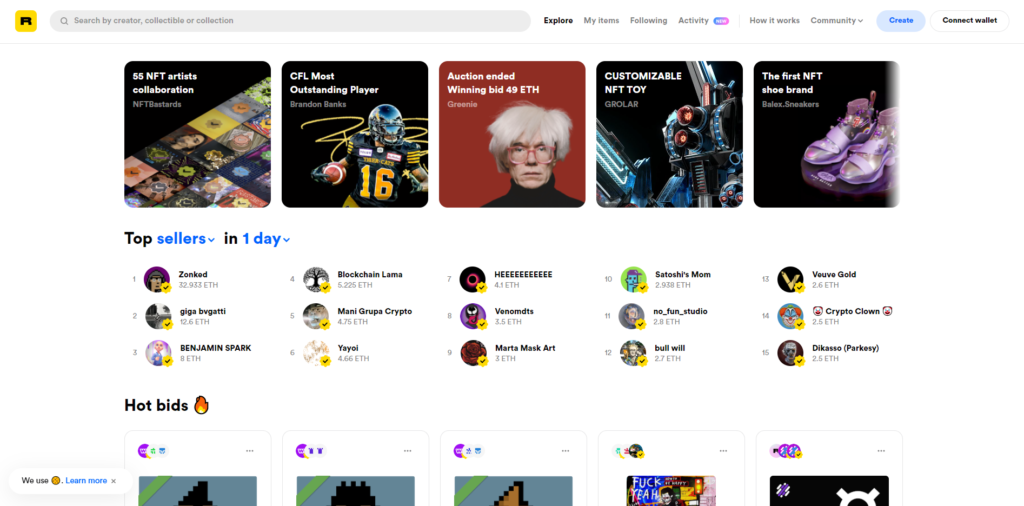
www.niftygateway.com
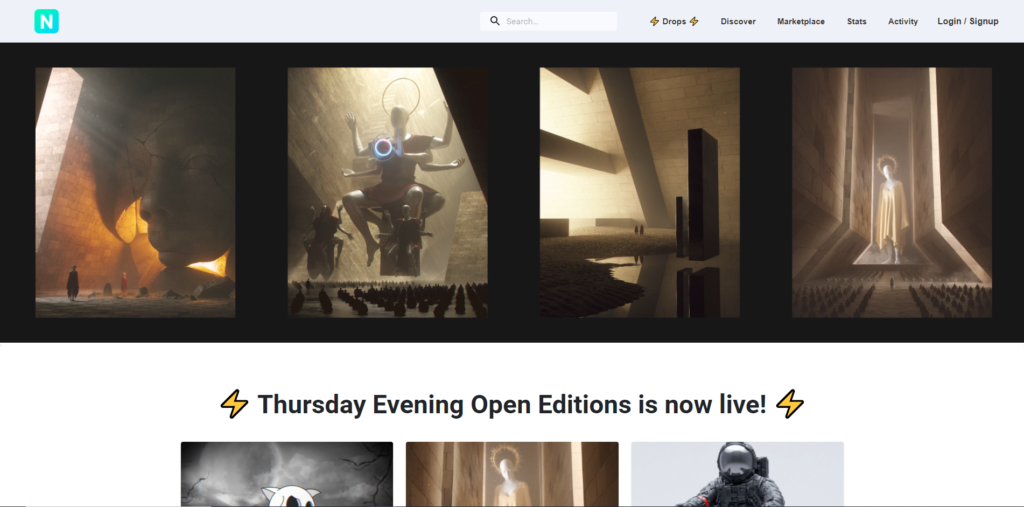
www.async.art
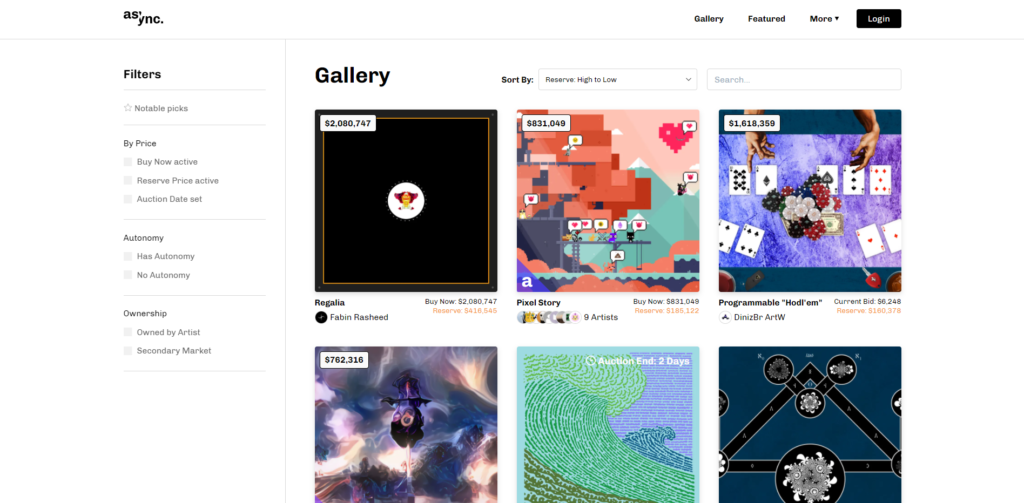
app.portion.io
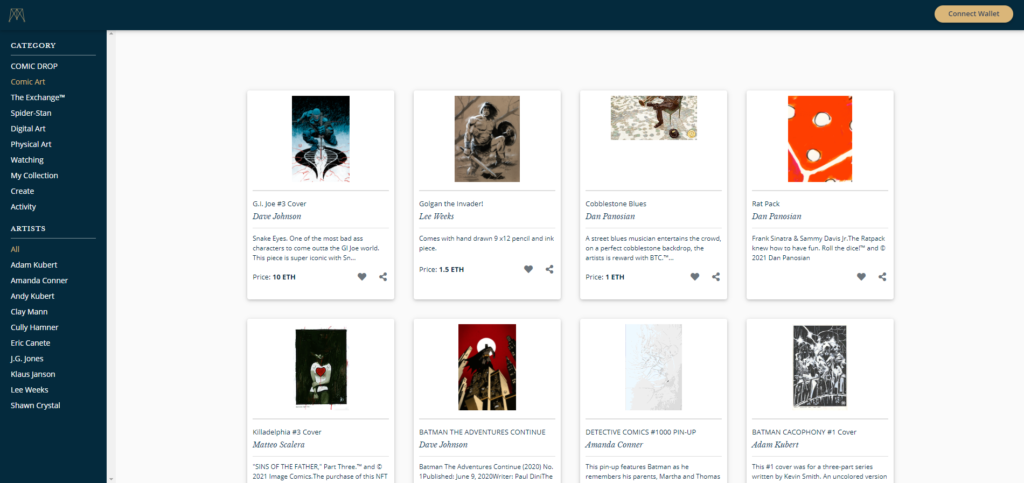
www.knownorigin.io
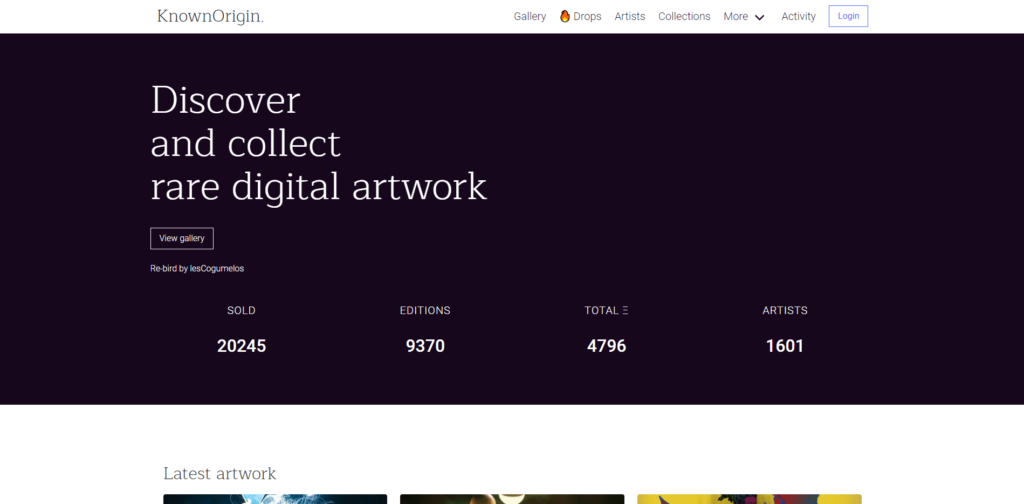
At oridoc, we are excited about the future applications and use cases of NFT. Do you have other possible use cases of NFT in mind? Please share with us in the comment section or just simply reach out to us via the contact form. The coffee is ready ☕

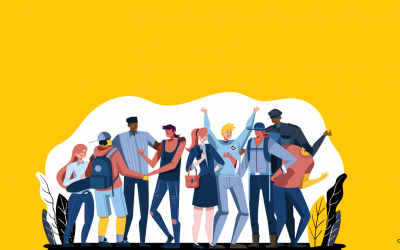

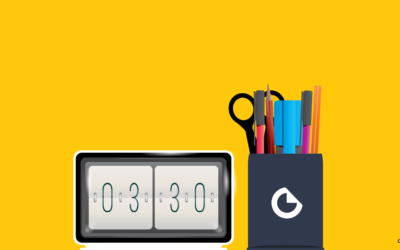

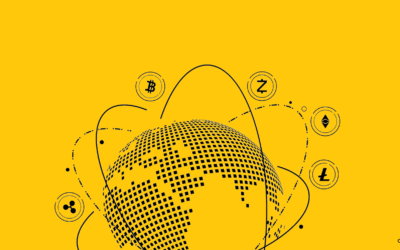


0 Comments